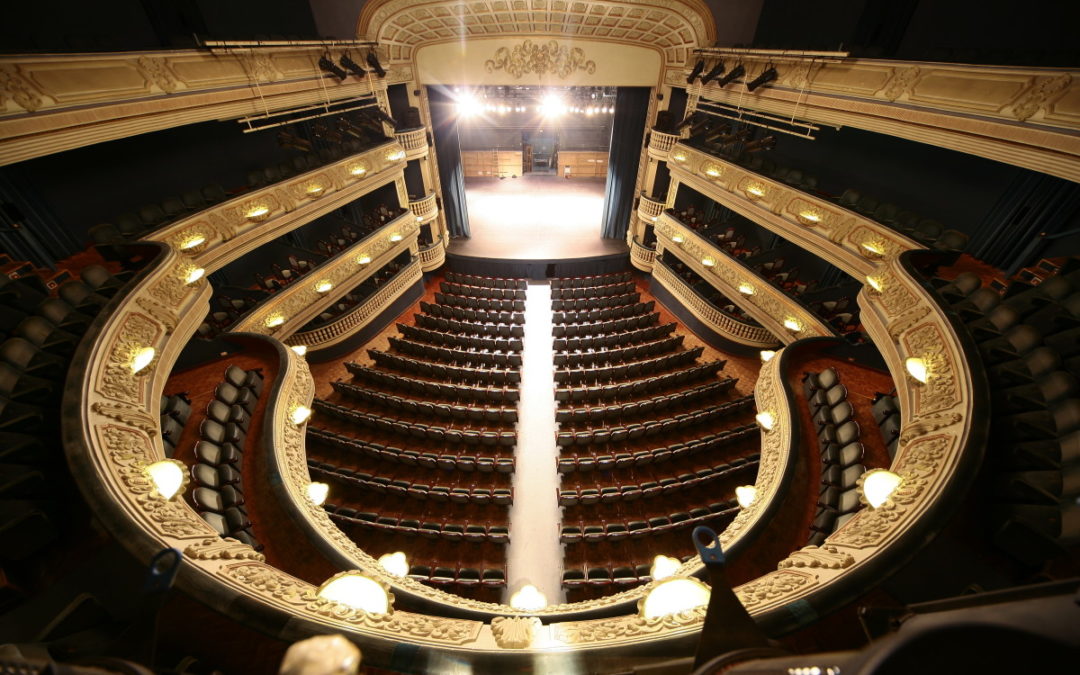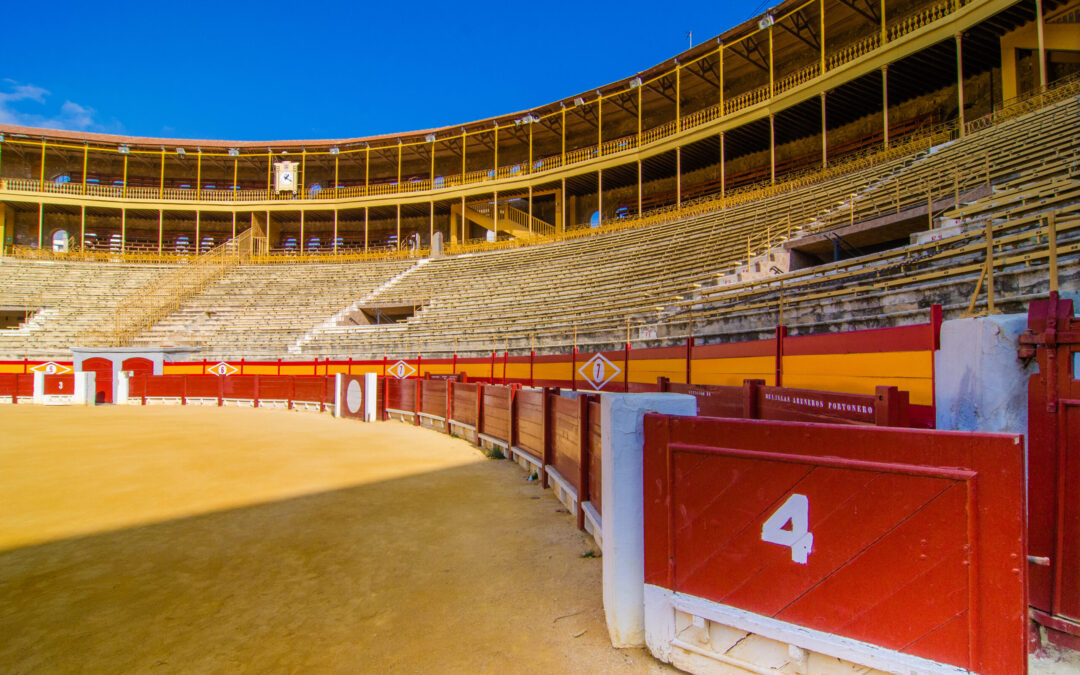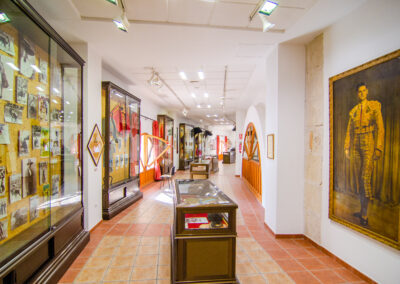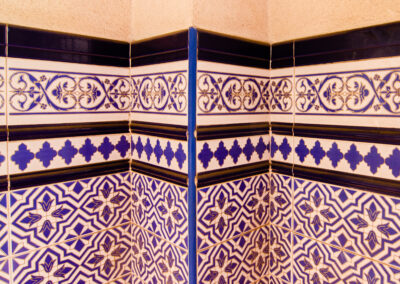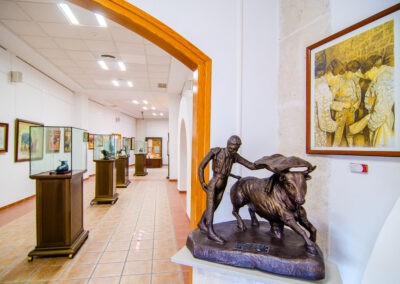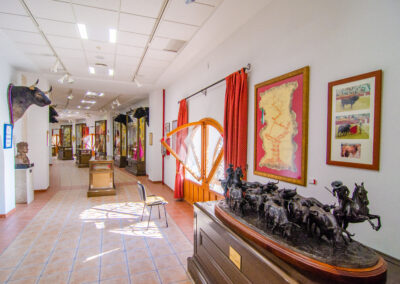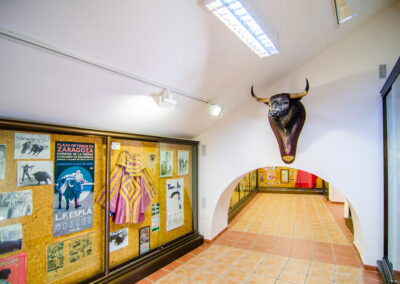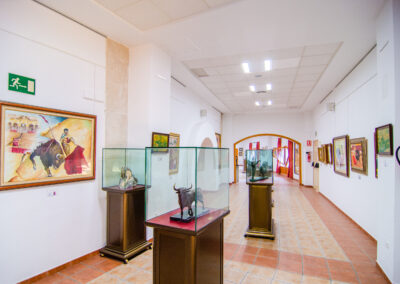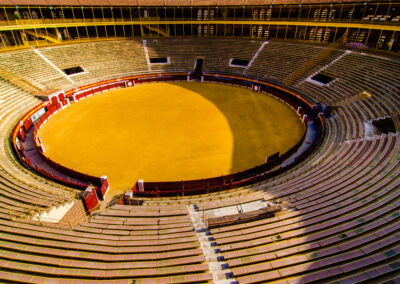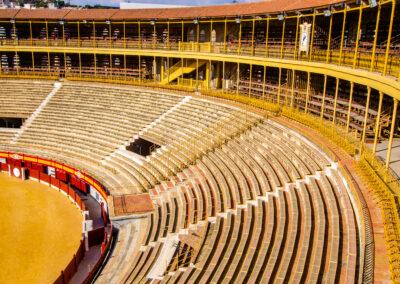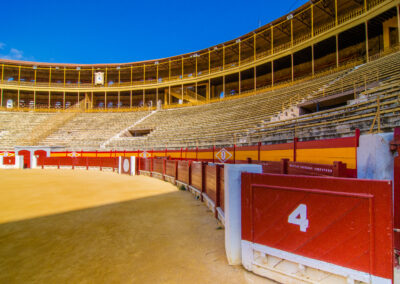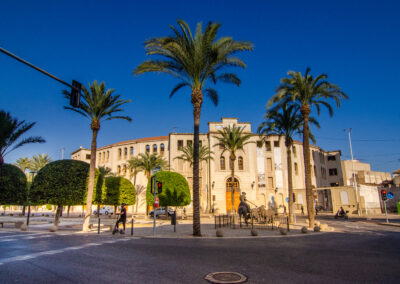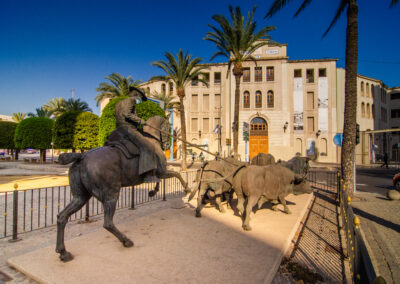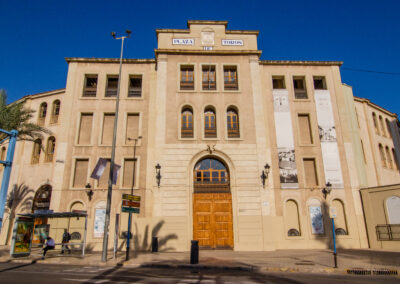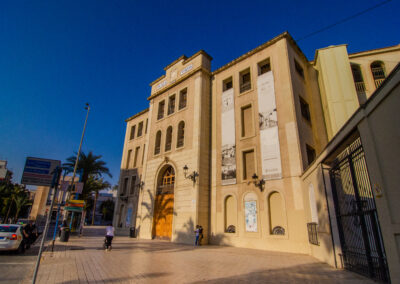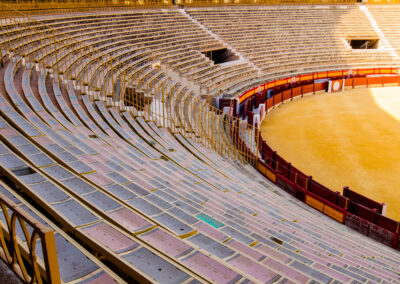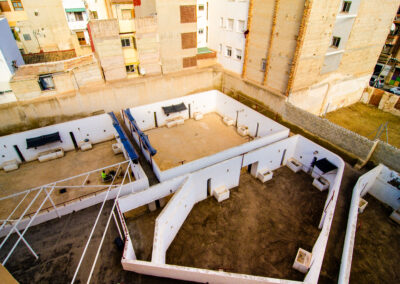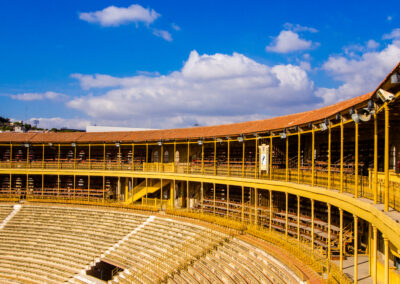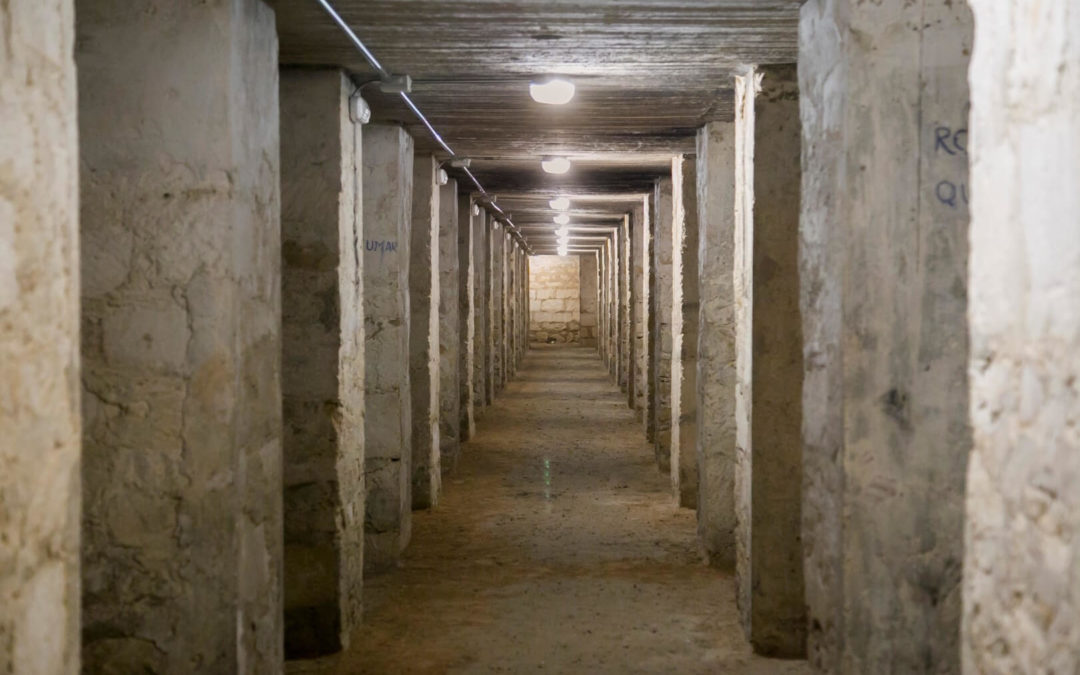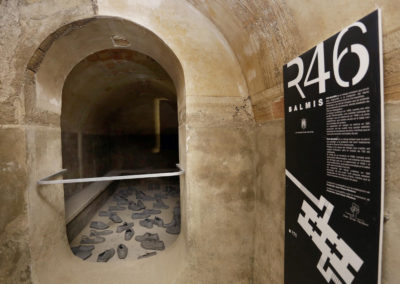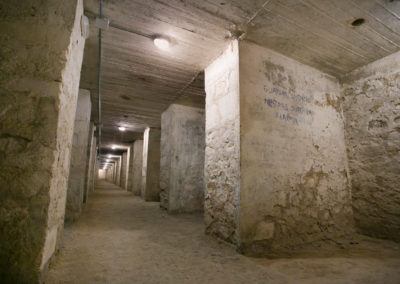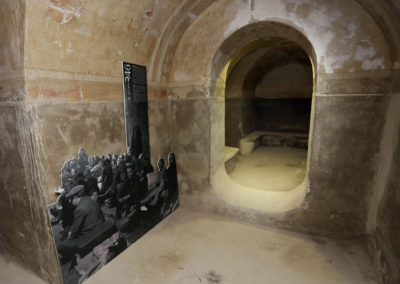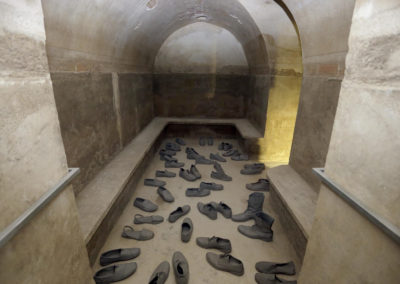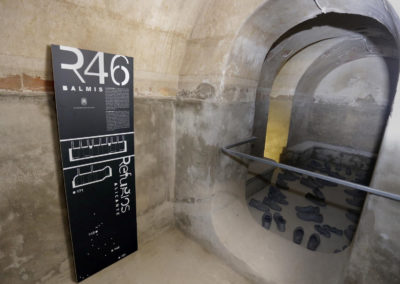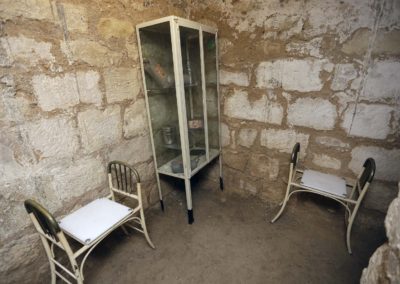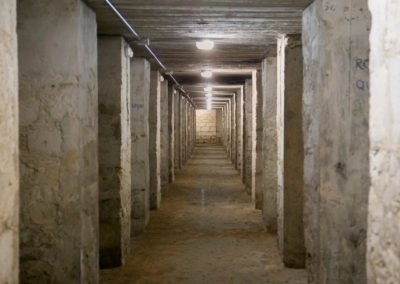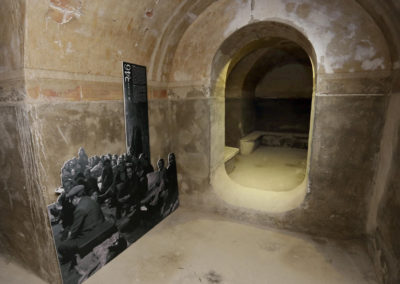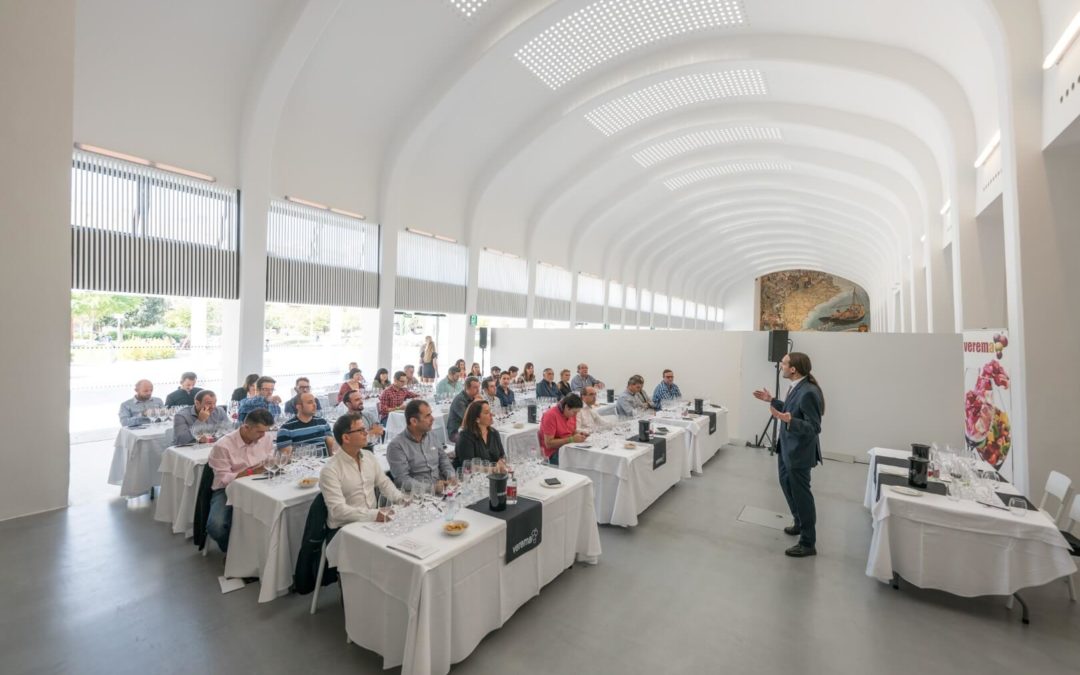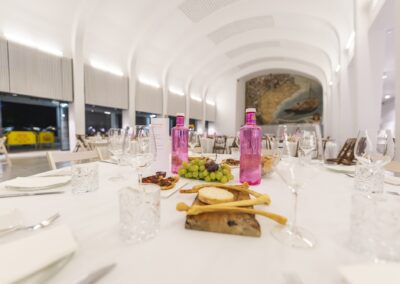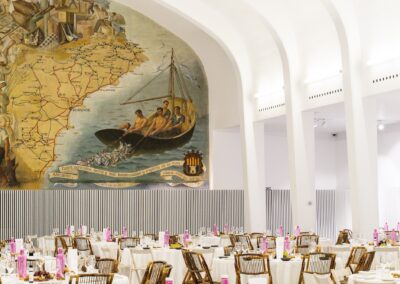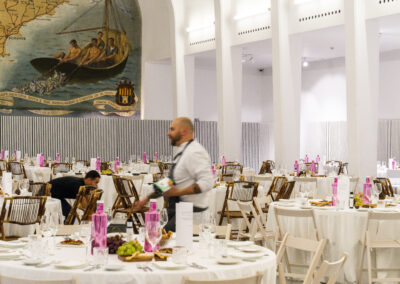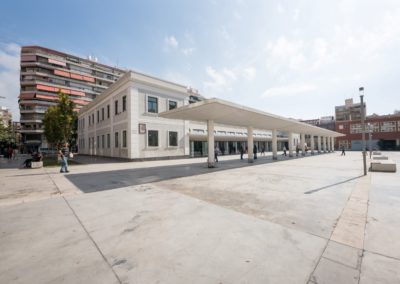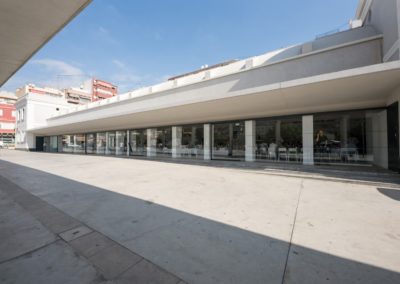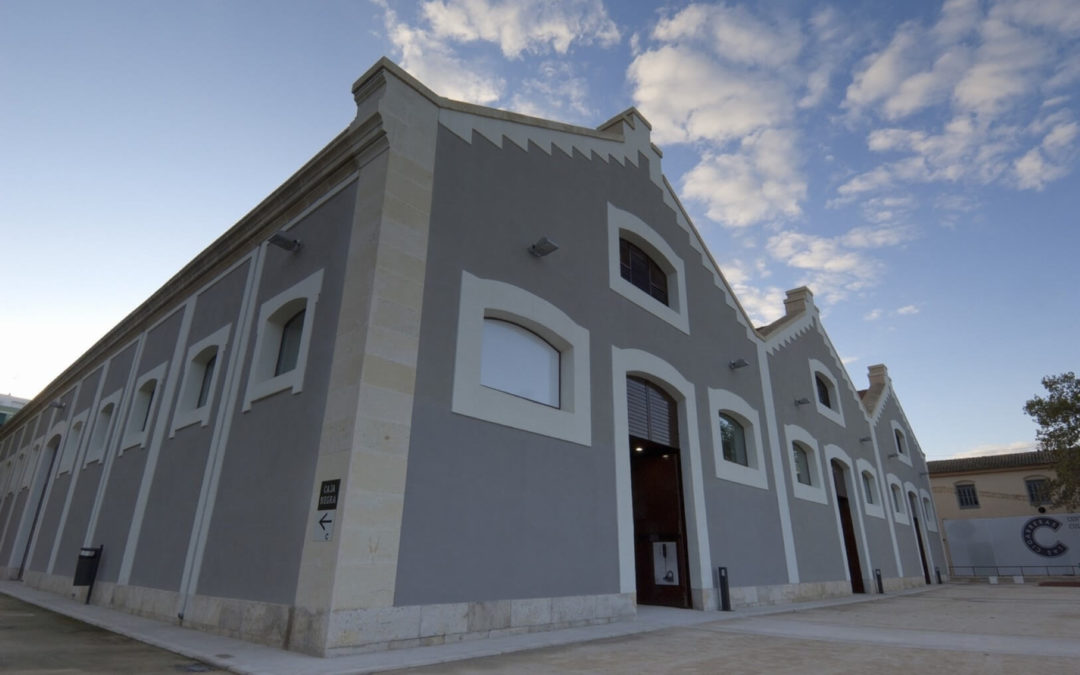Practical information
The Alicante Bullring is one of the city’s most prominent architectural landmarks. Built in 1888 and renovated multiple times, it offers easy access and modern facilities while retaining its historical significance.
As a filming location, it provides a versatile and historically rich setting, making it ideal for a wide range of audiovisual productions. Its unique architectural features combined with modern amenities create a perfect backdrop for any cinematic project.
With a seating capacity exceeding 11,600 spectators, it is among the largest bullrings in Spain. Its circular design and tiered seating arrangement ensure optimal visibility from all angles.
Availability for filming
The Alicante Bullring is available for filming year-round, subject to availability. The space can accommodate a variety of productions.
Best Days for filming
Weekdays (Monday to Friday) are generally the best days for filming, as tourist activity and events are minimal.
It is advisable to avoid dates close to the Hogueras de San Juan festival in June, as high occupancy and festive events may interfere with filming schedules. Autumn and winter months tend to be less crowded, offering optimal conditions for production.
Key Features and facilities
The Alicante Bullring provides a range of essential amenities for film crews:
- Spacious areas: A large arena and tiered seating, offering diverse cinematic perspectives.
- Electricity and water access: On-site power and water supply to meet technical requirements.
- Dressing rooms and rest areas: Dedicated spaces for cast and crew, including makeup rooms and lounges.
- Natural lighting control: Architectural design allows for strategic use of natural light, crucial for audiovisual production.
- Security and logistics: Available security services and logistical support to ensure smooth operations during filming.
